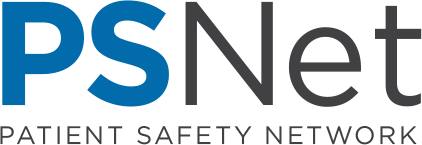Toolkits
Patient safety toolkits provide practical applications of PSNet research and concepts for front line providers to use in their day to day work. These toolkits contain resources necessary to implement patient safety systems and protocols.
Has your organization developed a Toolkit that provides practical applications of patient safety research and concepts for front line providers to use in their day to day work? Submit your Patient Safety Toolkit for an opportunity to have it published on PSNet.
Latest Toolkits
Checklists are helpful in reducing omissions in standardized processes designed to support safe care. This checklist targets the persistent problem of central line-associated infections by providing critical... Read More
Methicillin-resistant Staphylococcus aureus (MRSA) is a known threat to patient safety. This toolkit highlights actions supporting universal decolonization as an effective strategy for reducing MRSA... Read More
Clinical decision support (CDS) alerts can signal the existence of conditions that degrade care quality. This toolkit provides primary care and other ambulatory care... Read More
Healthcare associated infection is a persistent contributor to preventable patient harm. This toolkit can help hospitals implement a successful decolonization protocol for adult general... Read More
Catheter-associated urinary tract infections (CAUTIs) and other healthcare-associated infections continue to challenge safety in long-term care. Based on principles and methods from... Read More
Patients requiring mechanical ventilation are at risk for ventilator-associated complications. This toolkit was developed to help staff in intensive care units use AHRQ’s Comprehensive... Read More
All Toolkits (113)
Institute for Safe Medication Practices: March 2025.
Rockville, MD: Agency for Healthcare Research and Quality; June 2024.
Brach C, ed. Rockville, MD: Agency for Healthcare Research and Quality; March 2024. AHRQ Publication No. 15-0023-EF.
Agency for Healthcare Research and Quality.
Seattle, WA: Collaborative for Accountability and Improvement; 2023.




